 16
16
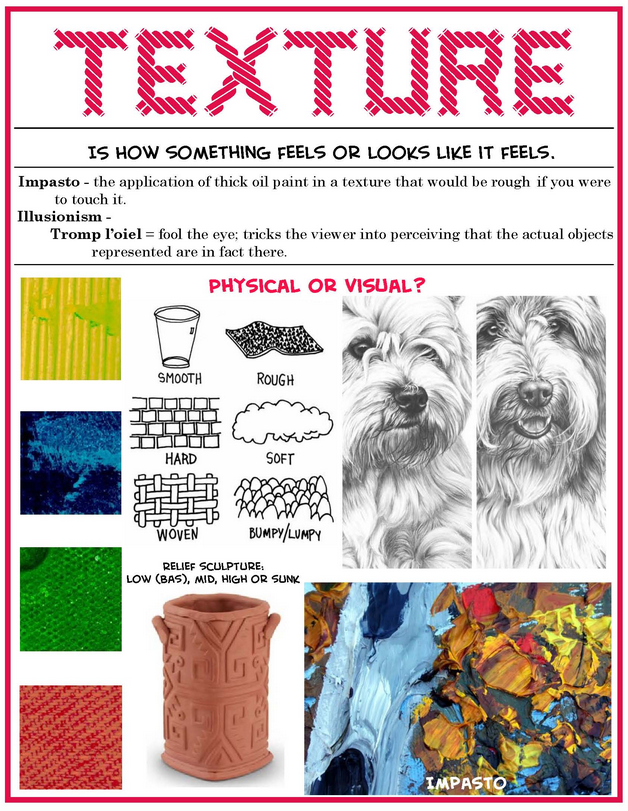
Texture in art engages our sense of touch and sight. It captures the way something should feel when you reach out to touch it. As quilters we are naturally apt to want to reach out and touch a beautiful fabric or quilt. This week we begin studying how you as a quilter can draw viewers in with the use of texture.
Have you ever walked through a fabric store and not actually touched any of the fabrics you are attracted to? Try it sometime, it is harder than you think. Lucy Lamp from Sophia explains texture this way:
"You wake up in the morning, toss back the crisp cotton sheets. Your bare feet move across the polished wood floor. You get into the shower and feel the warm water spalsh against your skin, the soap slide over your arms. You wrap yourself in a soft terry towel. Your clothes provide you with a whole array of textures: silky, starched, velvety, coarse, elastic. Breakfast provides even more: fluffy scrambled eggs, crisp bacon, melted butter dripping off crunchy toast.
You look out the window, and even though you can't touch it, you can see the layers of texture in the leaves of the old oak tree and its gnarly bark, the multicolored aging brick on the building across the street, the gleaming polished surface of a car.
Imagine the world without texture.
Touch is one of our senses. Our hands and skin are equipped with sensitive nerves that distinguish texture. In addition to giving us information about the world around us, our sense of touch gives us pleasure. We find sensual joy in the tactile experience of different surfaces. It is an essential aspect of visual art for the same reason."
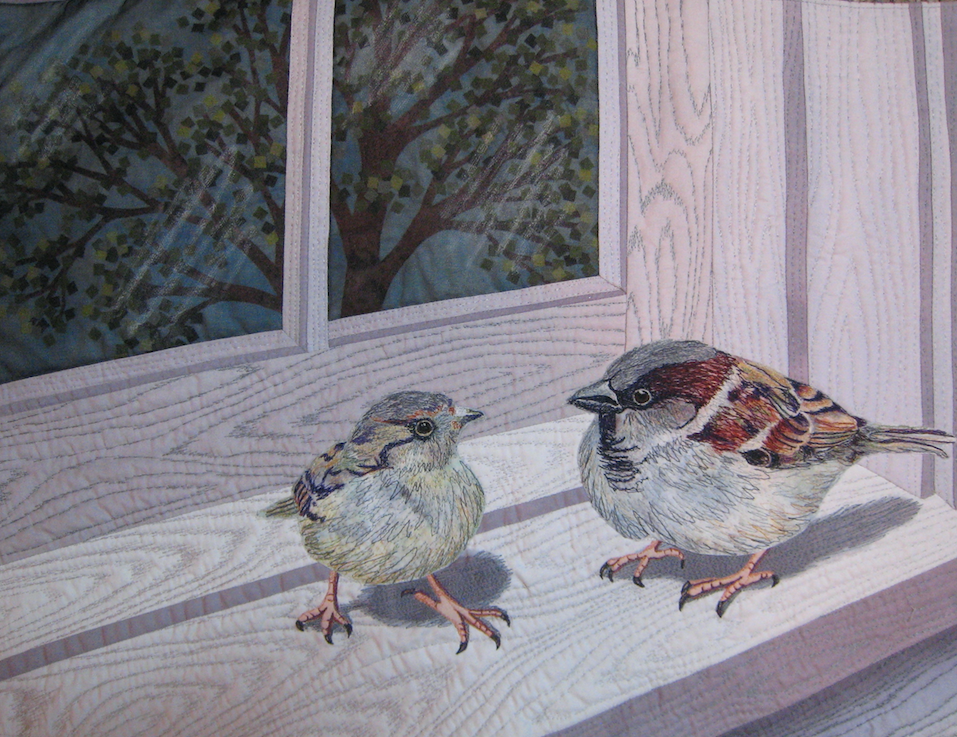
Let's use Consider the Sparrows-Matthew 10:29-31 by Randi Swindler, to find her use of texture to tell a story, while holding the viewers attention.

The window frame and ledge are made of wood. Your eyes confirm that it is wood because the stitch lines mimick grain lines we recognize to be found in wood. Notice how the spaces between the lines allow the fabric to puff up slightly making the wood appear to be a bit rough. This is not a smooth window ledge. Maybe this window is on a cabin in the woods?
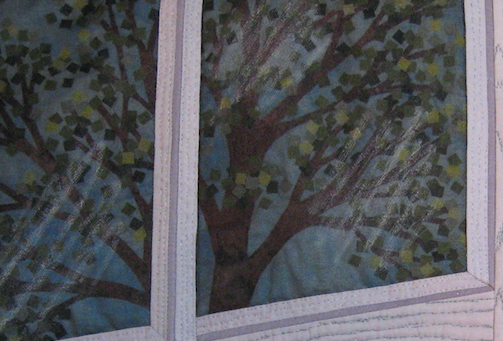
Speaking of window, did you notice that, with the addition of a few smears of paint on a sheer fabric, your eyes tell you that the surfaces are two smooth panes of glass.
Last but not least, each of the birds wears a coat of soft feathers, created using a combination of paint and thread sketching.
The thread sketching gives the suggestion of individual feathers without actually outlining each and every one individually. The birds feel soft and real.
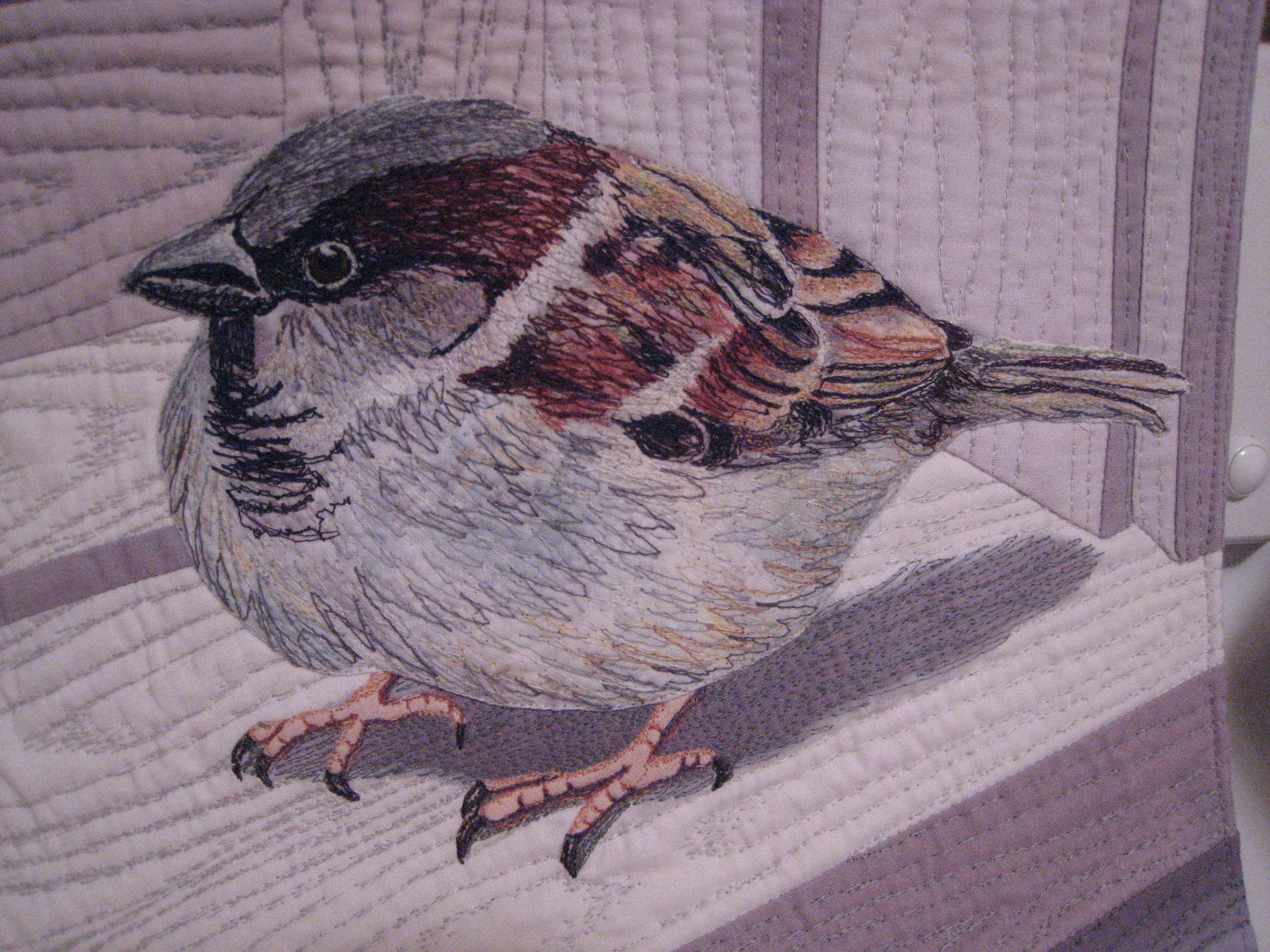
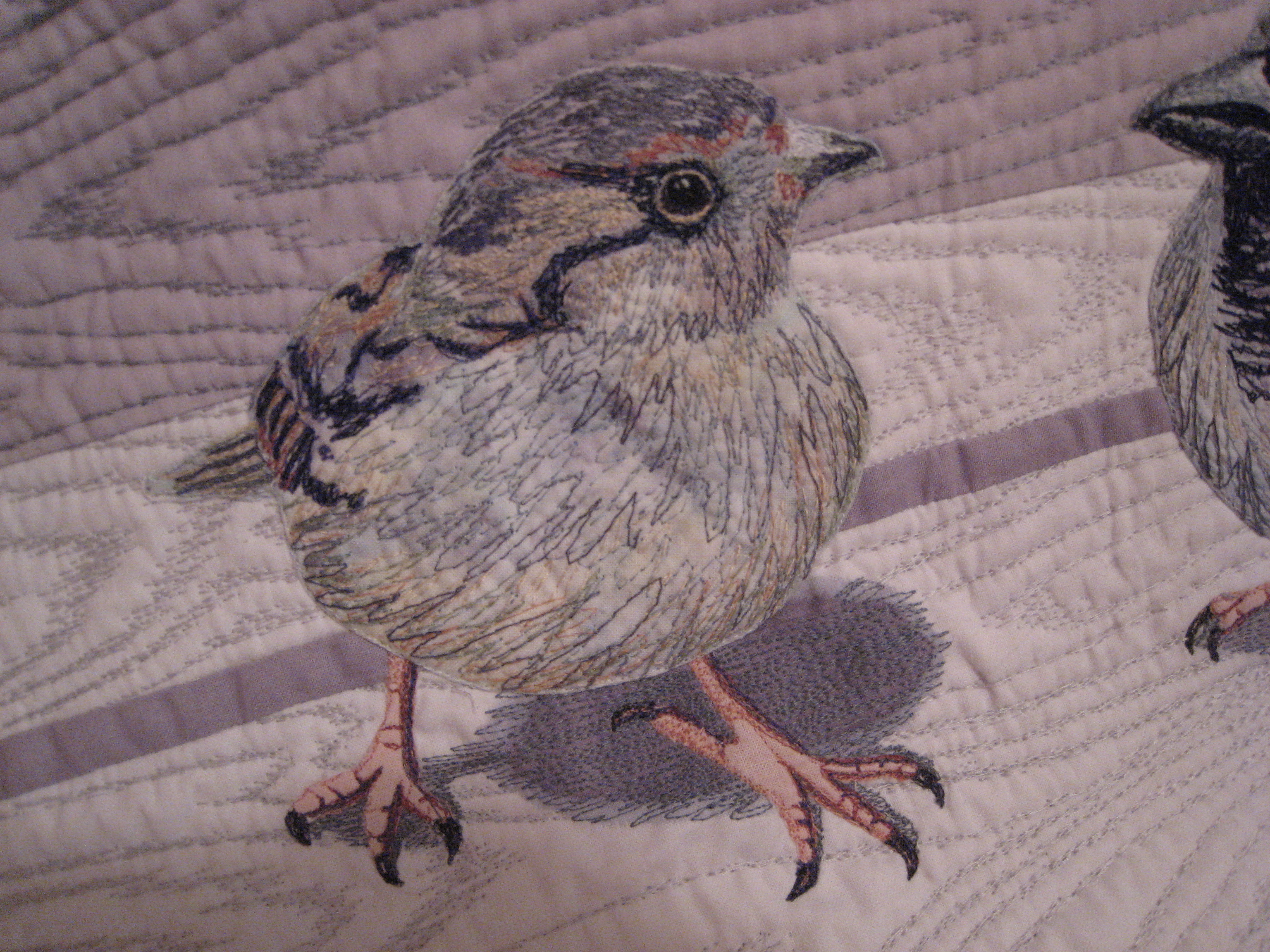
Award winning quilt artist Susan Cleveland (shows 109 & 1001) shares her approach to texture when it comes to capturing a viewers interest in a quilt.
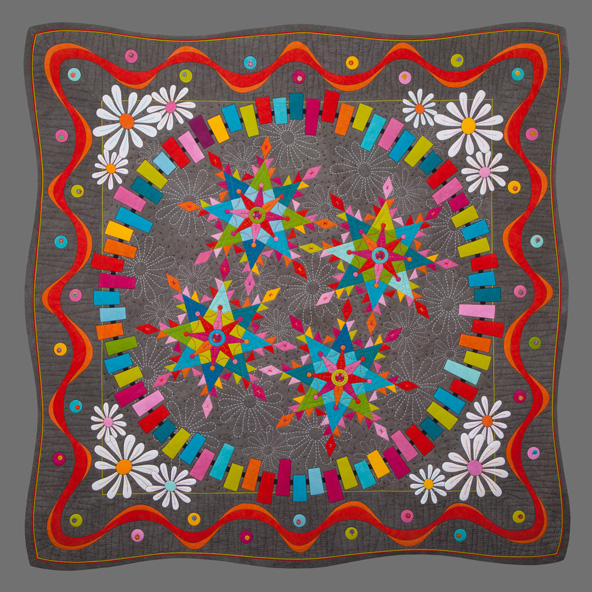
I might approach design a bit differently than others since my degree is not in art or design. I started with very little confidence and very little talent, but a great deal of passion. In grade school and high school, my grades in art classes were based on my enthusiasm and effort and I was fortunate that my little art ego wasn't squashed! My design knowledge has developed as my confidence in quilting has grown.
Oh, I love a variety of textures in quilting! Quilts loaded with texture cause me to pause and take a long look. It seems there are three ways I like to vary textures in my quilts: with fabric, with quilting, and with embellishments.
While commercial solid fabrics look smooth, my favorite hand-dyed solid fabrics have depth. Solid fabrics will show off fine workmanship and allow quilting lines to be more important. Commercial prints are available in any texture you like and can be a simple way to add variety to your quilts. Busy prints hide quilting lines so keep that in mind.
One texture I do not appreciate in quilts is raised seam lines. Yikes! When seams are not ditch quilted, they will seem to float and often don't stay straight as they should. I'm a big promoter of ditch quilting! Quilting in background areas can completely change the look of a quilt.
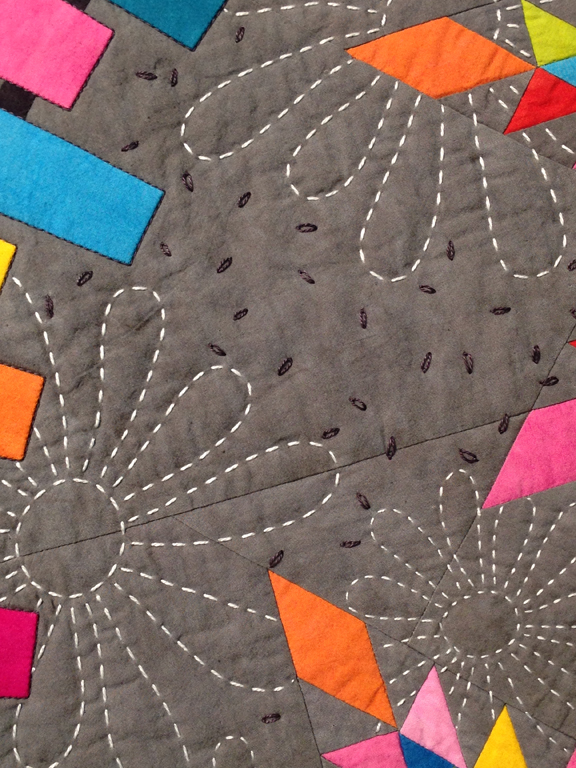
Background quilting can create a rich, elegant texture or something wild and crazy. While machine quilting creates a flat line and contours between the lines, hand quilting creates texture within its broken line.
Ah, embellishments! Today there is tremendous variety in threads, ribbons, beads, buttons, and baubles of all sorts. I like mixing smooth, shiny threads with more loosely twisted matte threads for contrast in texture. Felted wool balls are among my favorite embellishments. They can be cut and stitched upon or they can simply dangle from a prairie point.
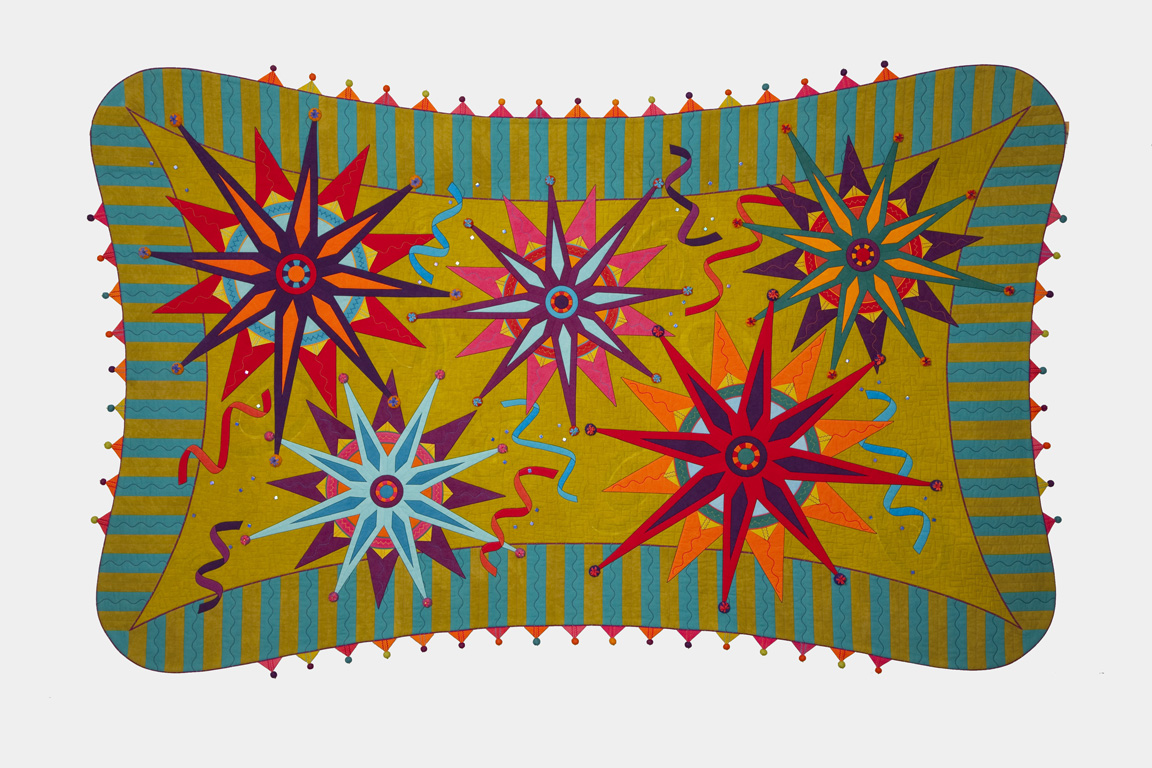

Of course, for every rule or guideline that exists in design, there are many fantastic examples that break all the rules, so … go figure. Design something and if it pleases you, it's a big success!
Practice Exercise: Finding Texture Around You
(From Sophia)
Go for a walk around your neigborhood, a local park, or a place of interest to you. Be sure to take a camera or cell phone with you. See how many forms of texture you can find. Don't hurry, take your time and look closely around. Remember, you are training yourself to be more observant. Take your photos and upload them to a file or print on a page for your notebook. These images can later be used for inspiration. Below are examples of texture to get you started.
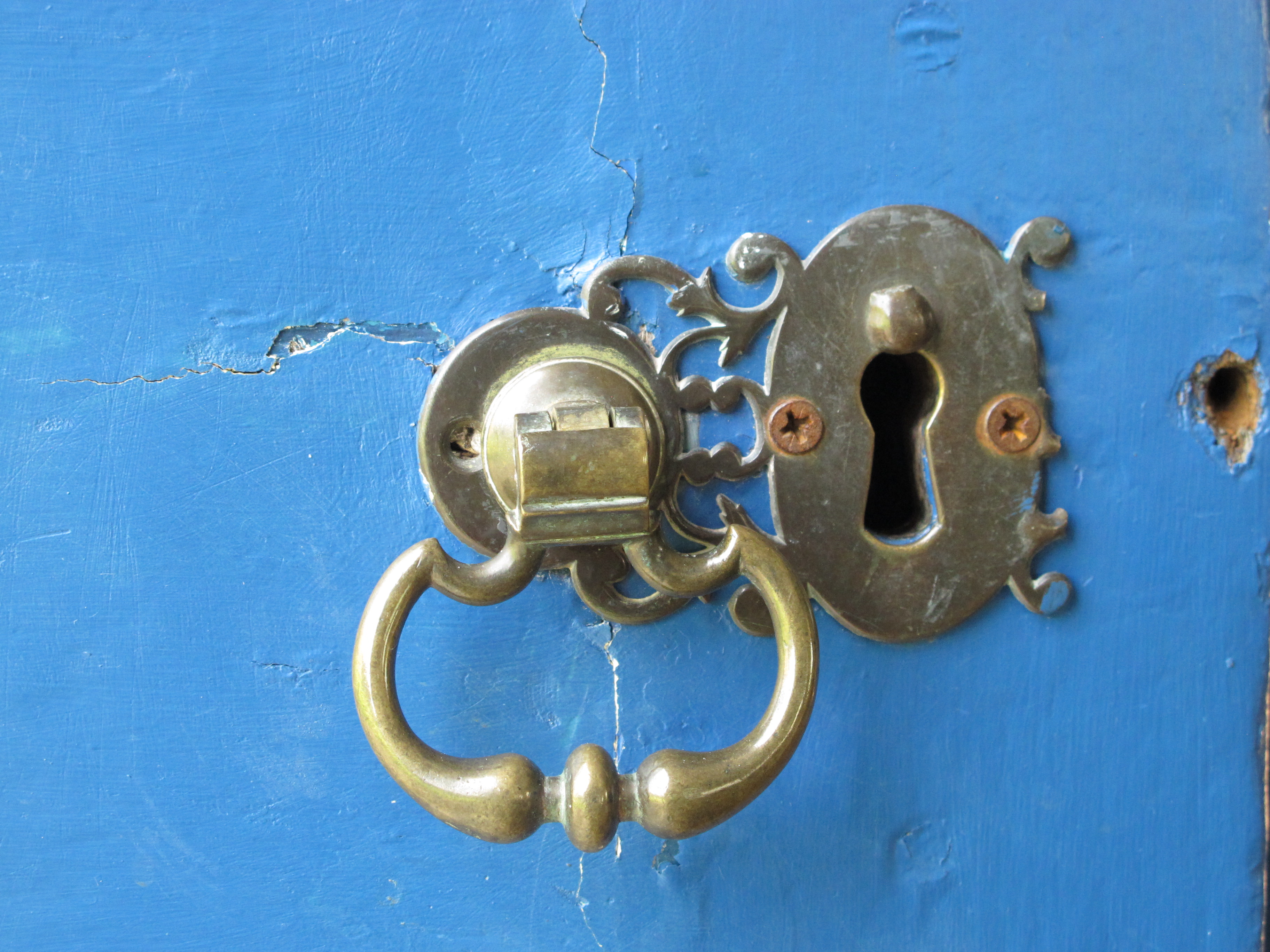
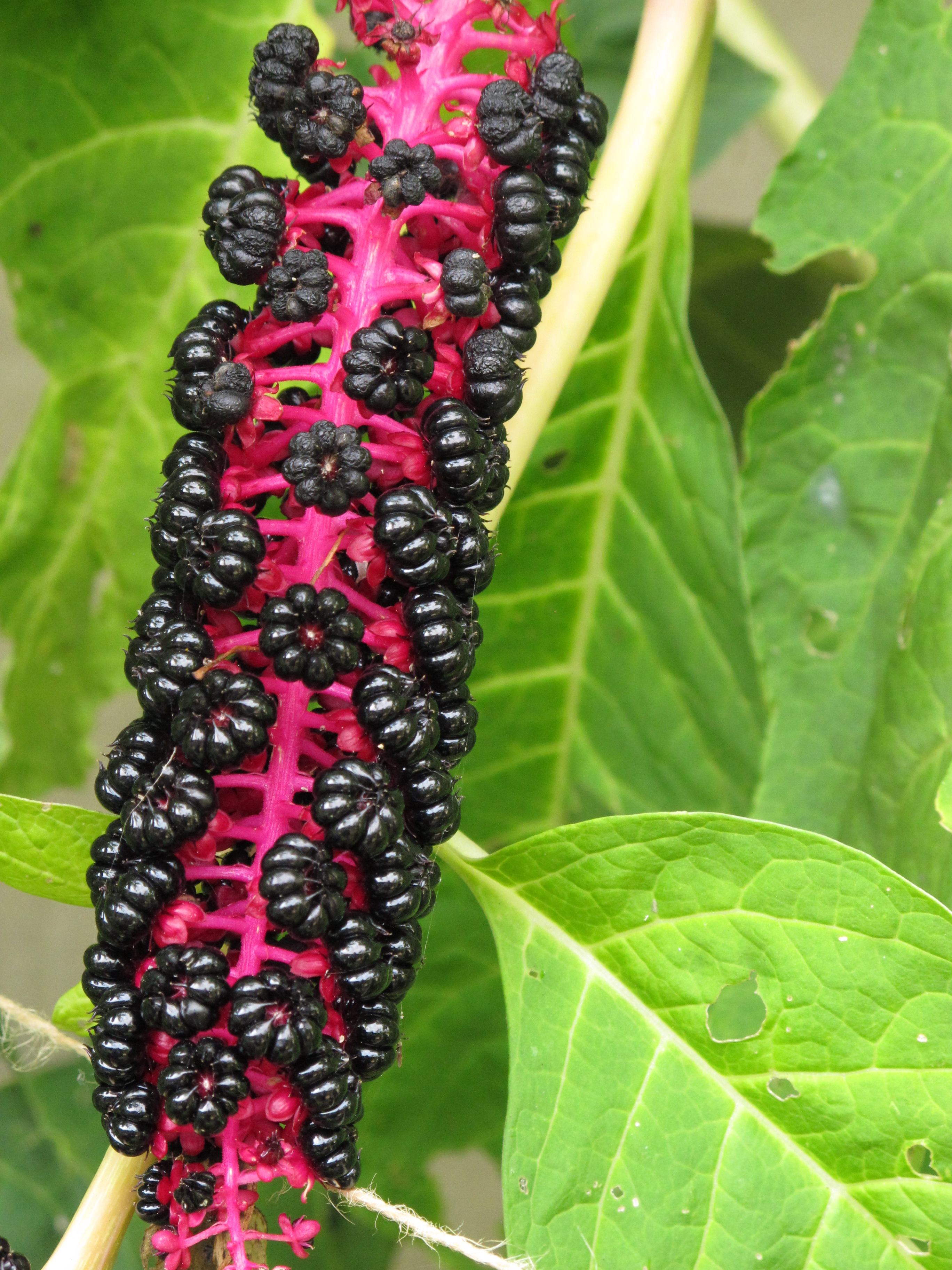
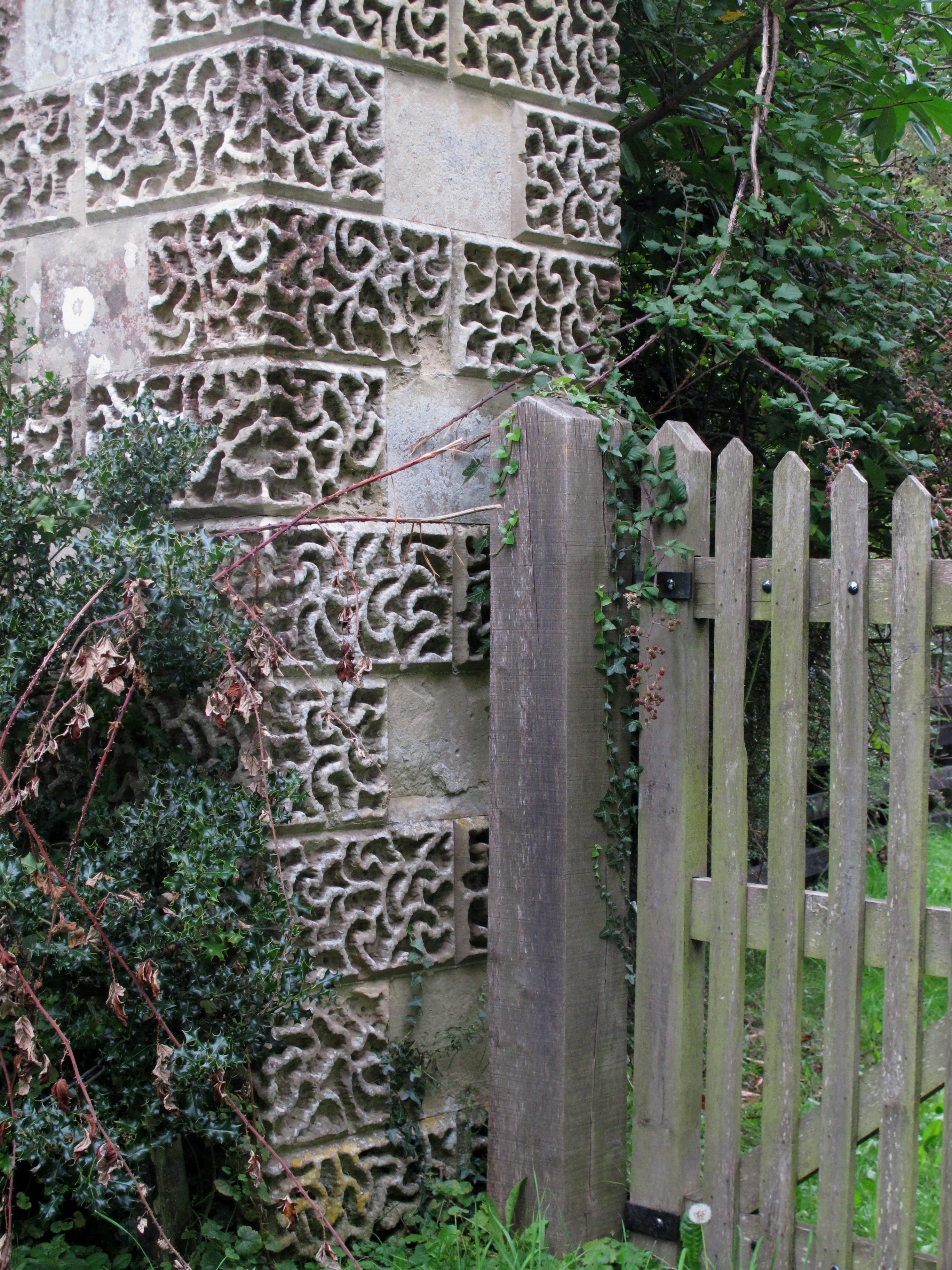
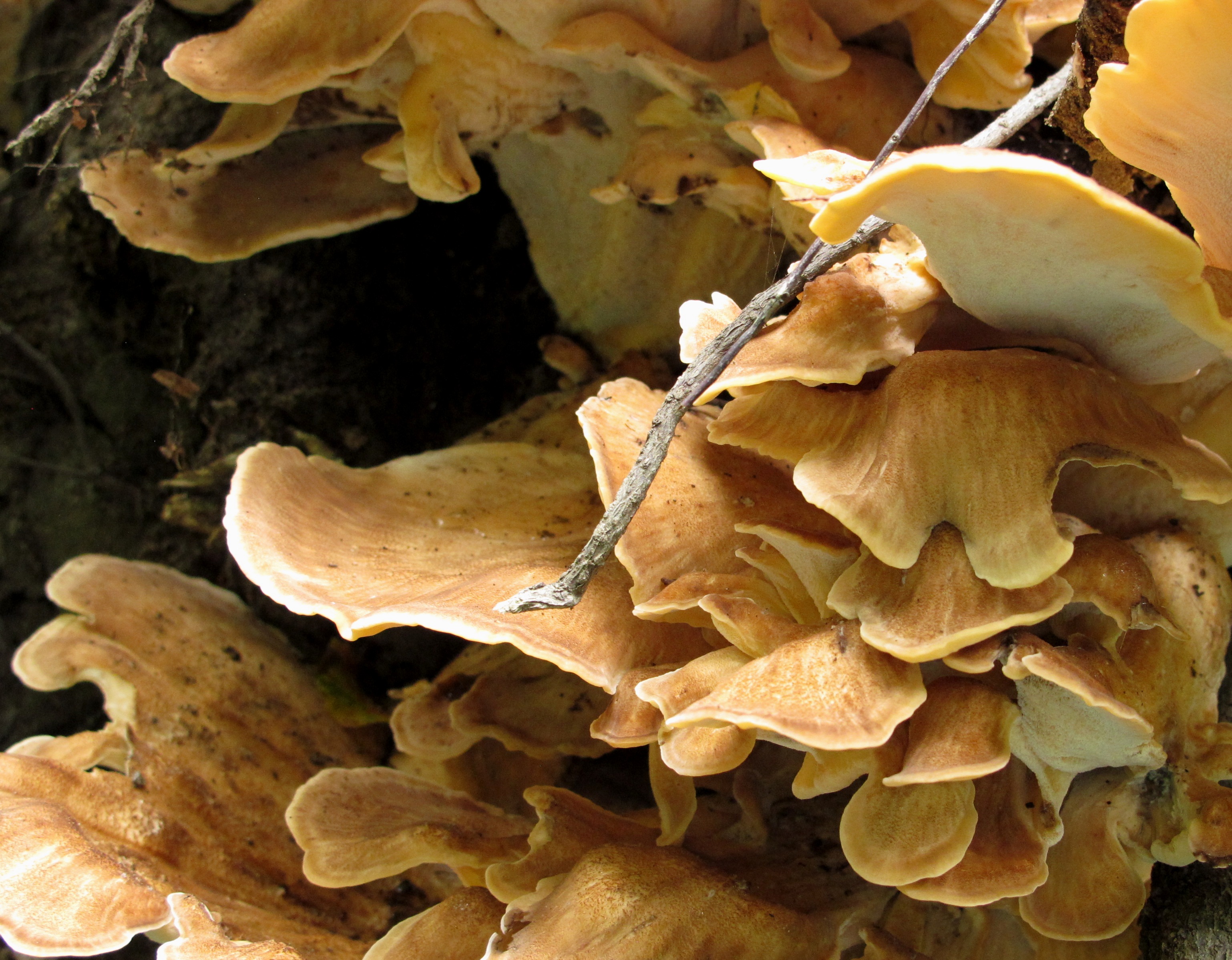

(All images by Lilo Bowman)
Click here for more topics related to the Design to Quilt program.

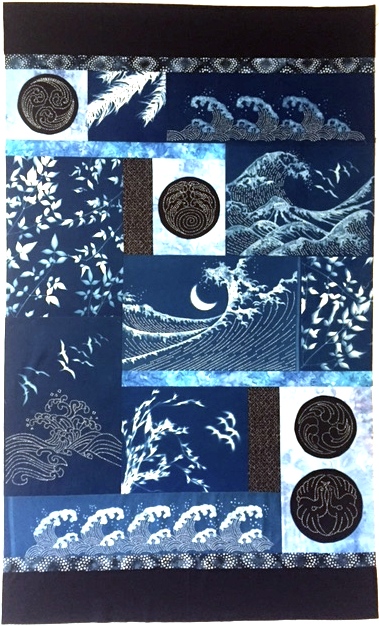



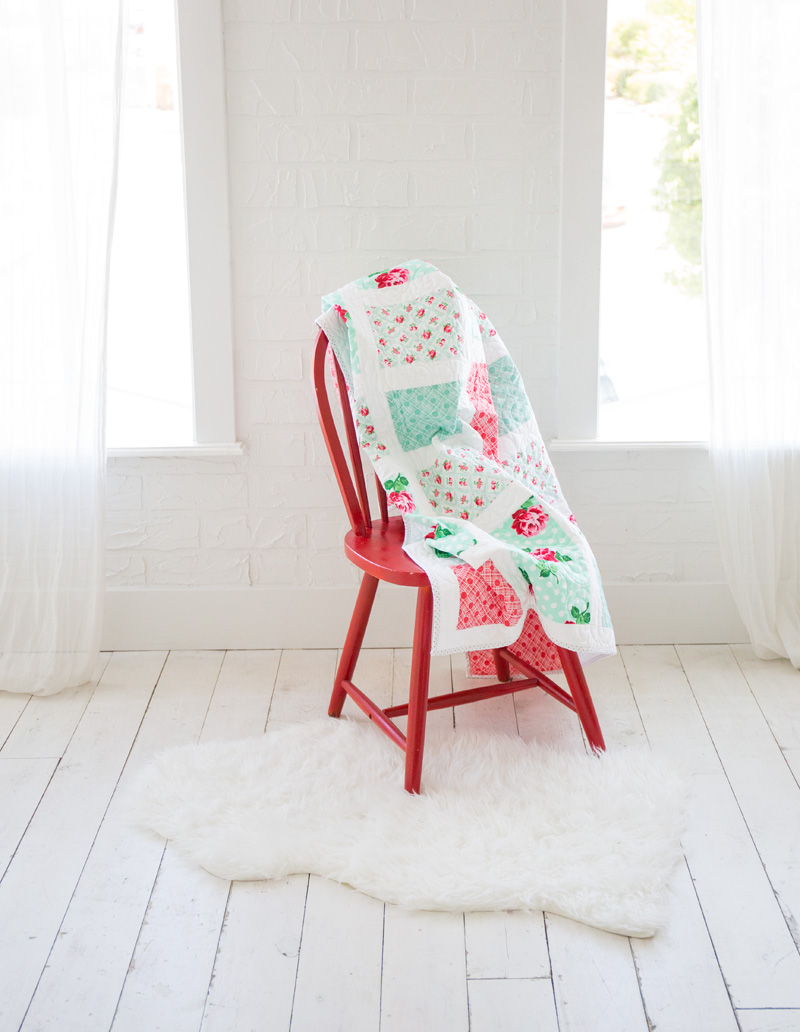
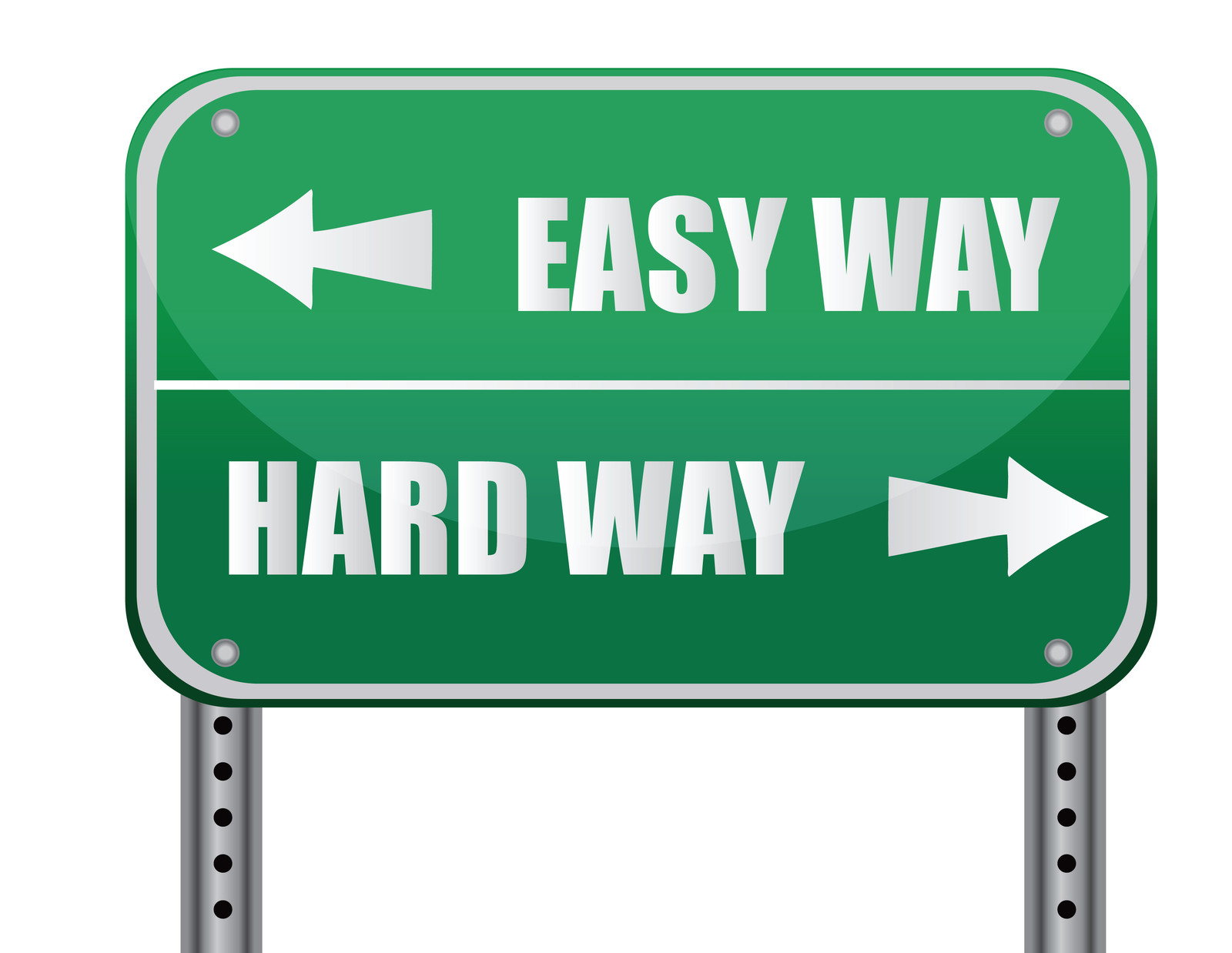

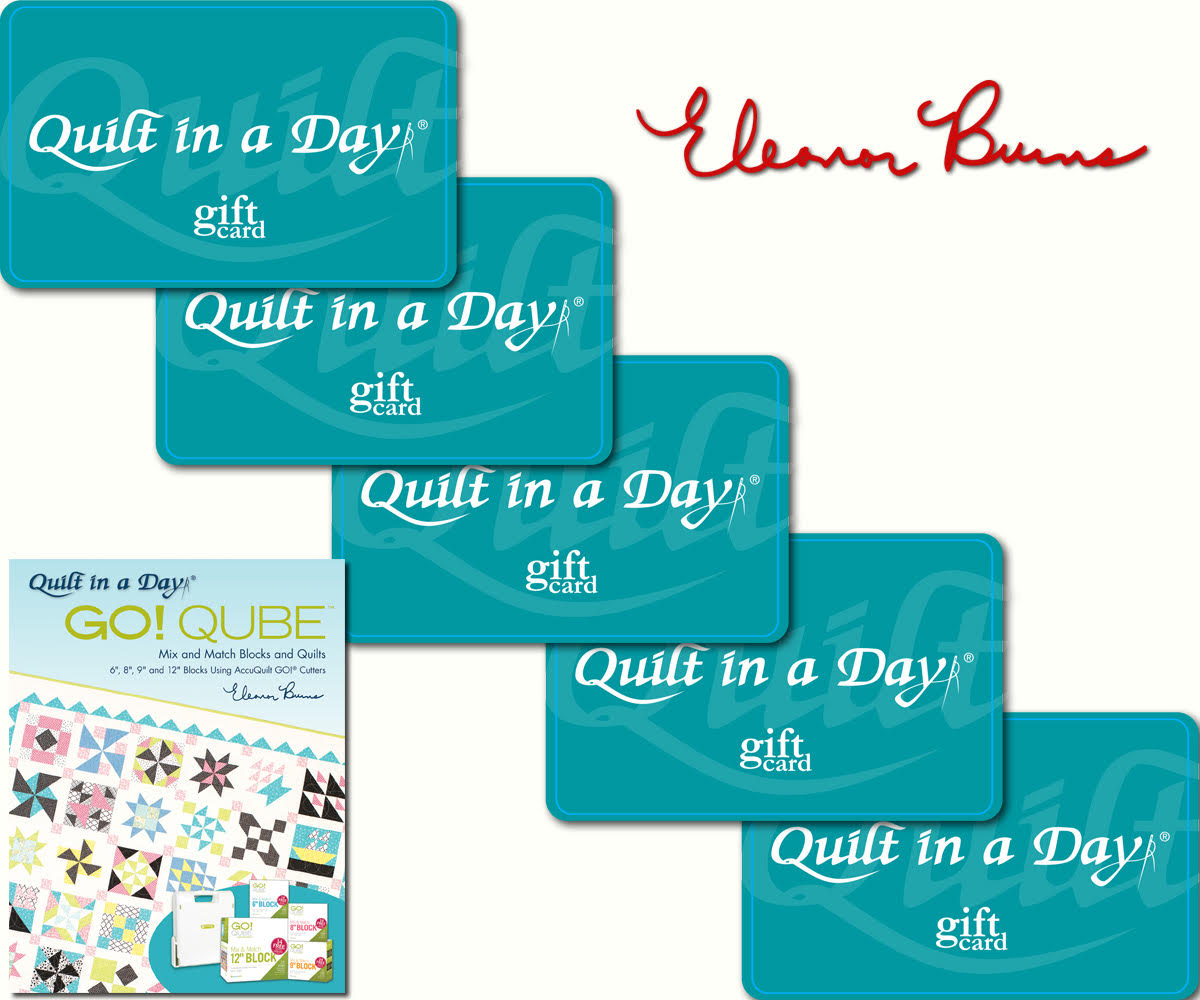















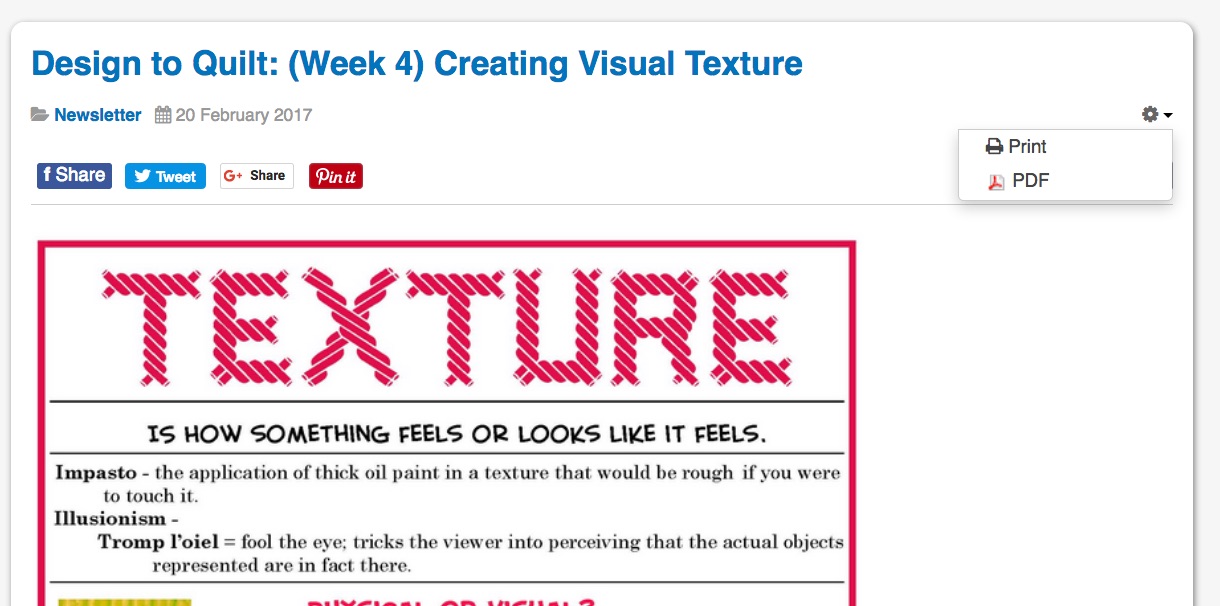



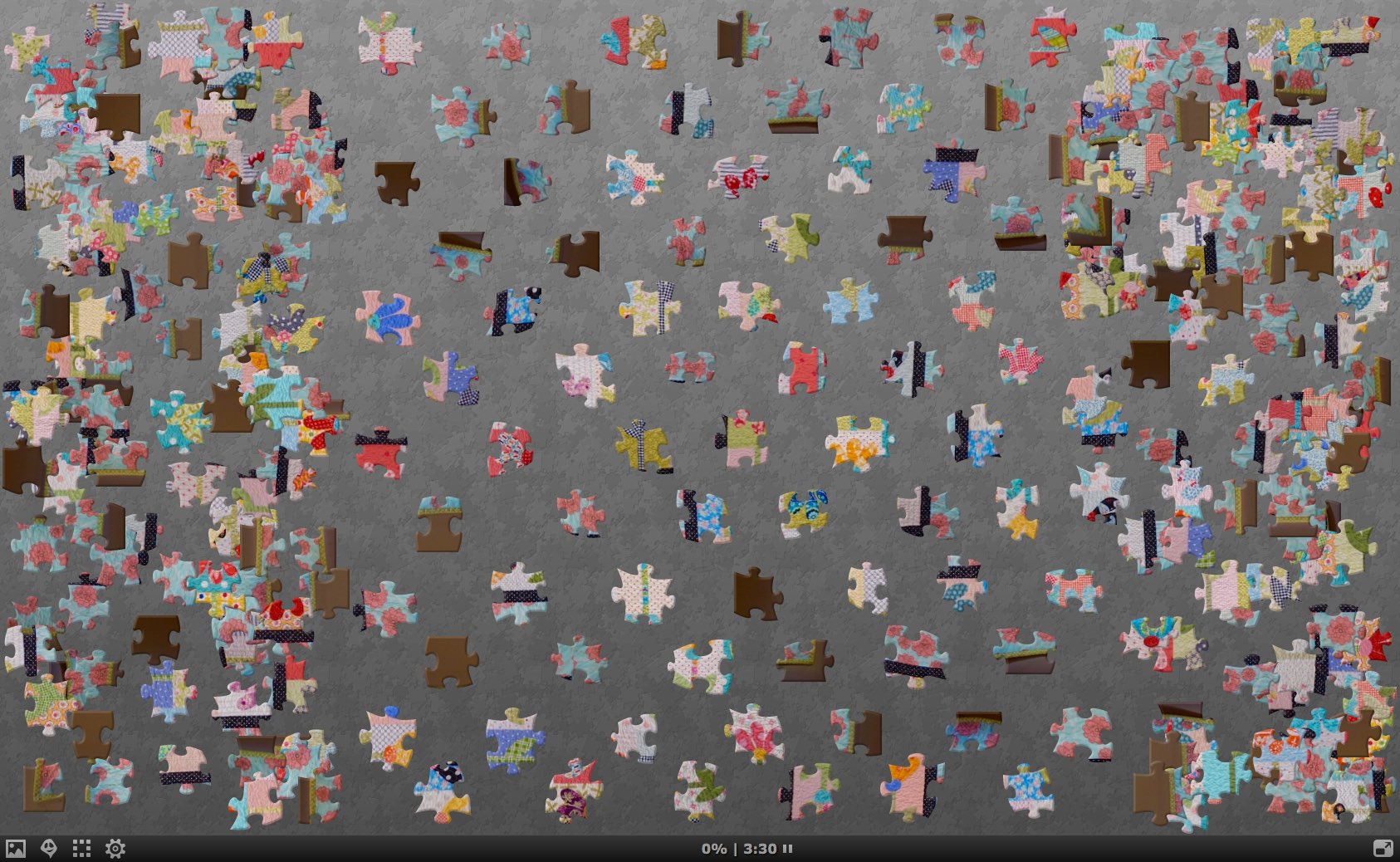


.jpg)


